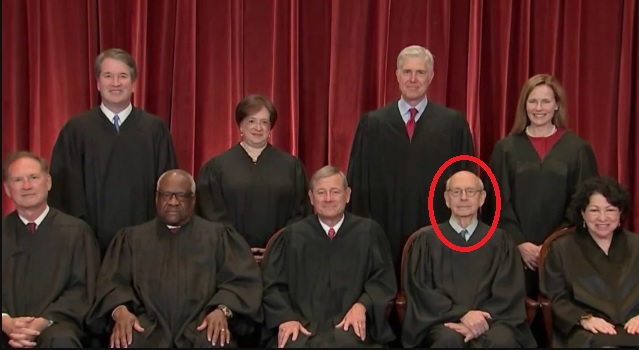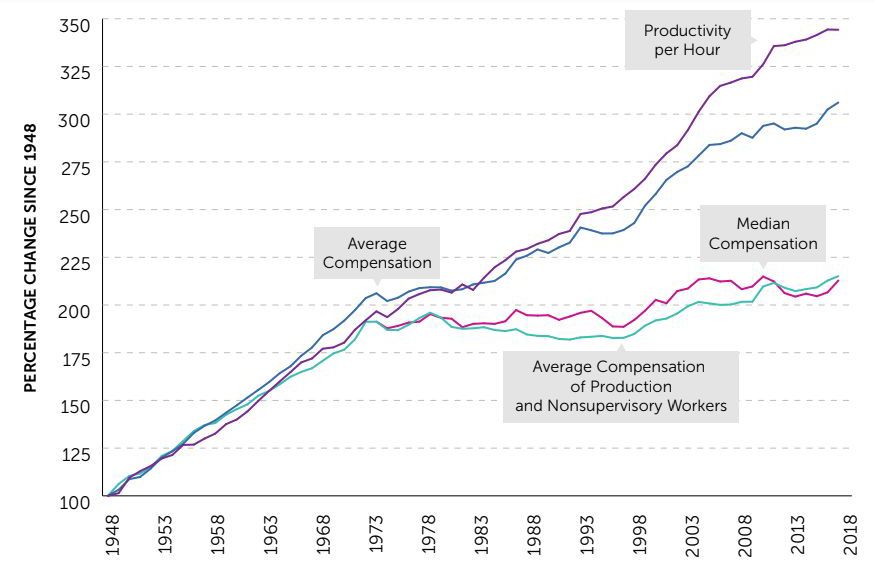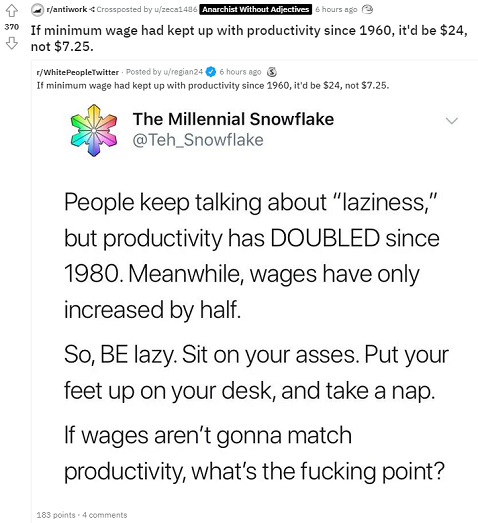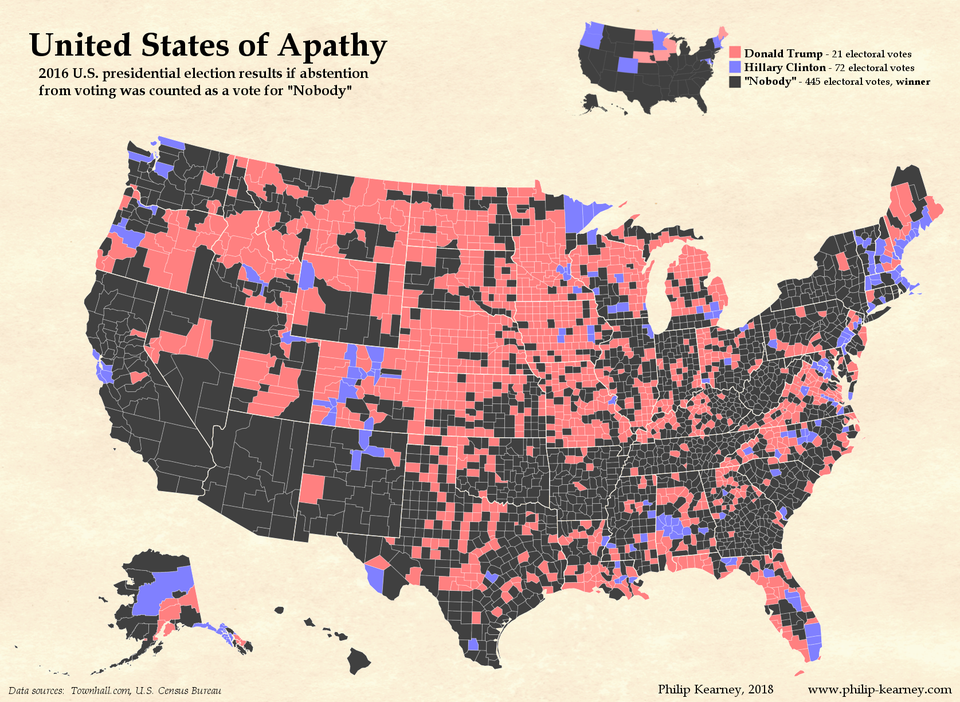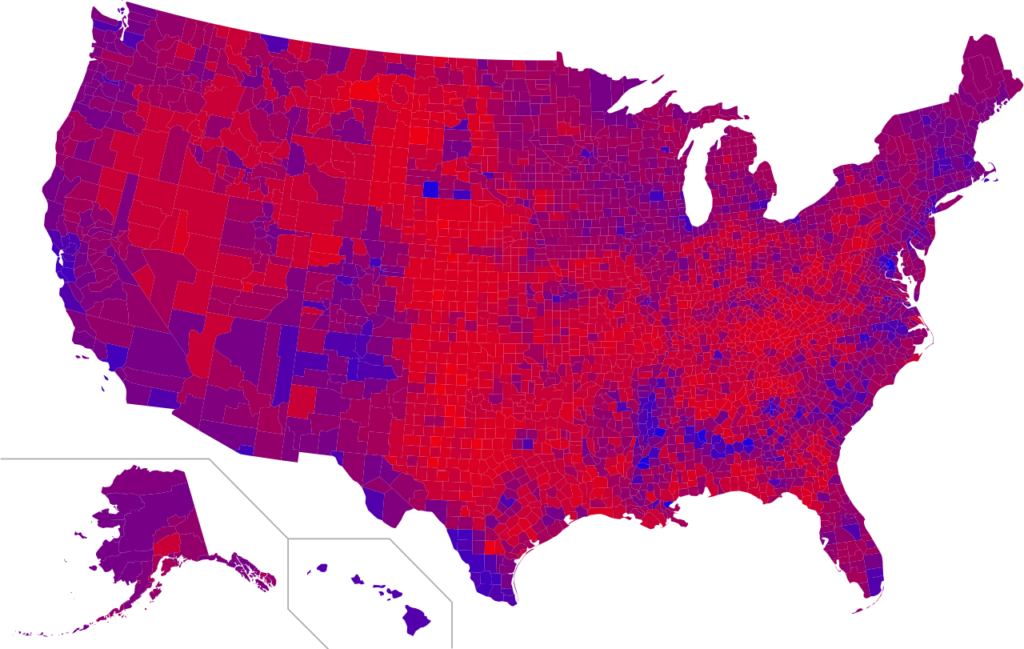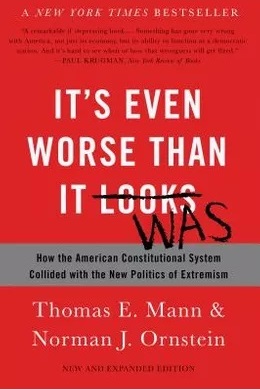Recipe for a Constitutional Crisis
Unless you’re living under a rock, you know that the current administration has handed unprecedented power to a private citizen who is not an elected official or even a vetted official, and is acting outside of the legal framework defined by the U.S. Consitution. Another way to put it: he is acting illegally. As Timothy Snyder puts it, this, of course, is a coup.
The ongoing actions by Musk and his followers are a coup because the individuals seizing power have no right to it. Elon Musk was elected to no office and there is no office that would give him the authority to do what he is doing. It is all illegal. It is also a coup in its intended effects: to undo democratic practice and violate human rights.
Just read through this ProPublica story about the dismantling of USAID for a long litany of privacy rights violations, breeches of trust, and end runs around Constitutional safeguards.
“It’s very hard not to see what’s going on as a constitutional crisis,” said Peter Shane, a law professor and one of the country’s leading scholars on the Constitution.
Well, yeah. It’s clear that the President does not intend to be checked by either the legislature or the courts. If no one stops him, the Constitution is a dead letter, and our status as citizens of the United States is in jeopardy.
Now one has to wonder why, with Congress in the hands of the Republicans, the party doesn’t simply undertake to rejigger the Federal bureacracy through legal, Constitutional means. Heather Cox Richardson argues that it’s because the deep cuts the President wants are unpopular, and Republicans in Congress prefer to distance themselves from responsibility for them. By doing that, of course, they are surrendering their role in government and their power.
But permitting a private citizen to override the will of our representatives in Congress destroys the U.S. Constitution. It also makes Congress itself superfluous. And it takes the minority rule Republicans have come to embrace to the logical end of putting government power in the hands of one man.
But I have to wonder – could it simply be that this administration sees doing anything by Constiutiional means as too hopelessly complicated and process-bound? Neither of the two members of the diumvirate (if that’s what it is) is temperamentally inclined to ask for permission to do anything. They might see their election victory as a mandate to implement their agenda by any means necessary, rules be damned.
How did we get here? When I look back over my political posts over the years (many of which seem so pathetically naive now), the path is pretty clear.
For decades, our Federal government has been gridlocked by hyperpartisanship, following a takeover by the Boomer generation (the infamous “Gingrich revolution” in 1994). From then on, it was effectively hobbled by its system of checks and balances, combined with the nearly 50-50 split between the partisan factions. The Boomers were more interested in arguing than in governing.
Along comes a paticularly nasty Boomer, who sees an opportunity to exploit popular discontent with this state of affairs and offers himself as The Guy Who Can Fix It. He’s clearly a con man, he’s reckless and he’s lawless, but that doesn’t deter a significant percentage of voters. Despite his lawlessness, indeed possibly even because of it, he wins a second term to the Presidency after a disastrous first term followed by a respite.
Who could see lawlessness as a qualification for holding office? Well, how about the generation that brags online about how they were raised without boundaries and stalks your social media feed with mocking laughing emojis? You know the one I’m talking about:

I stole the graphic above from self-identified Gen X substacker Jon Miltimore. As he puts it in a post about our generation and the election:
We played outside all day without adult supervision and rode bikes without helmets. We’re anti-snowflake. We believe in morals but we shun moral preening. We have little tolerance for the speech police, laugh at off-color jokes (even when we’re not supposed to), and are almost impossible to offend (unless you say “that’s offensive.”)
Am I generalizing? Of course. People are individuals, and not everyone in Gen X embodies these traits. But Gen X, as a whole, does—and it might help explain why Gen X put Donald Trump back in the Oval Office.
Trump’s vulgarity and coarse language, which offends so many Baby Boomers and Millennials, is less likely to bother people in my generation. Hell, for some, it’s what they love about him. He’s the Happy Gilmore of politics, the boisterous upstart the fans love but the elites despise.
The argument is simple here. The Gen X attitude is: if the laws don’t work, then fuck ’em. Just ignore them. That’s how you get to where we are today, with a government that ignores the U.S. Constitution.
Can the Constitution be restored? Rebuilt? Or is this a Humpty-Dumpty scenario, like trying to unscramble an egg? It’s possible that, after the colossal failures and depredations that are bound to come with the new administration, some semblance of the old ways can be brought back. Perhaps altered to accomodate all that has changed in the interim.
Another substacker (one of my favorites), Thomas P. M. Barnett, sees it too. He gets the generational angle, though he doesn’t treat it as rosily. He recognizes the danger were in, and the fact that we’ve created a Terror State – what you always get with authoritarian rule.
That deeply-but-evenly-divided electorate wasn’t changing, resulting in change election after change election (stretching back to 2006) with no real change ensuing even as the general angst and anger of the electorate ballooned over time.
As much as the Left wants to blame Trump’s win on his duplicity (like denying Project 2025 right up to the vote and then immediately implementing it upon inauguration), the scarier truth is that the majority of Americans are open to letting this Trump smash! dynamic unfold.
It’s so Boomer, right? One last crazy, self-destructive “revolution” by that generation?
He is spot on with the Boomers being a destructive generation. They burned down the college campuses in the 1960s, and now they’re burning down the halls of Congress in the 2020s. Gen Xers, their accomplices in government, are happy to stand back and watch the fire. It’s a dangerous combination of generations to be in charge, but unfortunately we’re stuck with them – at least for a while. Younger generations will get their chance eventually. At that point, we can probably say we’ve made it through the Crisis Era.
